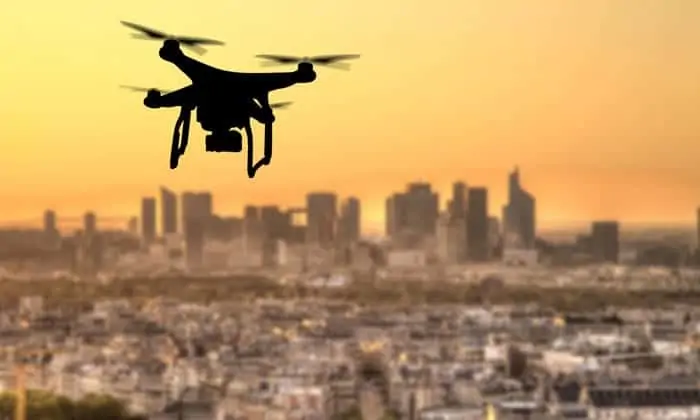Thales and Australian mobile network provider Telstra have announced that they have combined their expertise with a view to building a robust, safe and secure ecosystem to manage low altitude airspace for unmanned aerial vehicles (UAVs) and manned aircraft, such as helicopters, drones and autonomous flying taxis.
The ambition is to create a robust digital communications network infrastructure using Telstra’s expertise, to underpin the navigation and surveillance ecosystem needed to safely manage low altitude airspace.
Thales and Telstra’s prototype air traffic control platform, called Low Altitude Airspace Management (LAAM) is capable of integrating manned and unmanned traffic, and will include automated drone flight approvals and dynamic airspace management. This collaboration will foster the development and growth of new products, services and innovations.
Thales is a developer of air traffic management with systems deployed in over 140 locations globally. Through its ECOsystem digital platform, Thales is developing the most advanced collaborative airspace management tool for commercial UAVs.
“With the huge increase in drones in the airspace, flights per day will go from thousands to millions. The challenges are enormous, as are the opportunities. In Australia drone use will drive efficiency and financial benefits to a large proportion of Australian businesses. Thales is partnering with Telstra to contribute to the creation of a seamless sky where we help our customers integrate unmanned aircraft into controlled airspace as well as supporting drone users to perform their missions in an orderly, safe and timely manner,” said Chris Jenkins, Chief Executive, Thales Australia.
Telstra is playing a strategic role in the development of a future safe and secure drone-based economy through its leadership position in network and data technologies.
“There are extraordinary opportunities for the widespread take-up of unmanned aerial vehicles in Australia. To unlock this potential, we are investigating how we can leverage our 4G and 5G technology and IoT capabilities to enable robust communications, navigation and monitoring of UAVs. The work we’ve been doing with Thales to build a prototype, which is underpinned by continuous investment in our networks, proves that it is possible for unmanned and manned aerial vehicles to collaborate effectively and safely,” said Andrew Scott, Head of Technology, Telstra Labs.



















